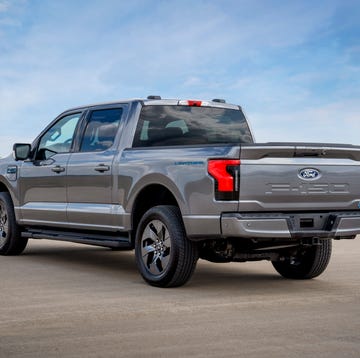The report, attributed to “three people familiar with the matter,” says Takata changed its airbag propellant in the wake of Honda’s first recall for overly forceful airbag deployment in 2008. The changes were said to address the moisture-related degradation of the propellant, which has been linked to the overly forceful airbag deployment that can cause the devices to shoot metal shrapnel at a vehicle’s occupants in a collision. Six deaths and at least 139 injuries have been tied to the defect.
The previously unreported propellant change would explain Takata’s public assurances that its current products are safe, a stance the manufacturer had been reticent to expound upon. The parts supplier made further “improvements” to its propellant as recently as November, though at the time the company denied that the changes had anything to do with safety recalls.
Yesterday’s recall announcement covering 34 million vehicles marks the first time the parts supplier has agreed to expand its recall efforts nationwide. Previous campaigns focused on “high humidity” southern states, under the assumption that regional weather patterns were causing the propellant problems that led to shrapnel ejection. The recall is now the largest in the history of recalls, automotive or otherwise.
- Massive Takata Airbag Recall: Everything You Need to Know
- Takata Discovered Airbag Problems in 2004, Destroyed Data
- Honda and Takata Allegedly Knew About Exploding Airbags Years Before Recall
Takata’s 2008 action may be seen as further evidence that the company was aware of catastrophic safety issues long before any recall action was taken. Honda’s tiny initial 2008 recall is said to have prompted Takata’s propellant change, and it was eventually expanded eight times.
For a complete list of vehicles affected by the Takata airbag recall and ongoing coverage of the issue, refer to our master Takata article. To check your vehicles for any open recalls, enter your VIN into NHTSA’s online recall lookup tool.













